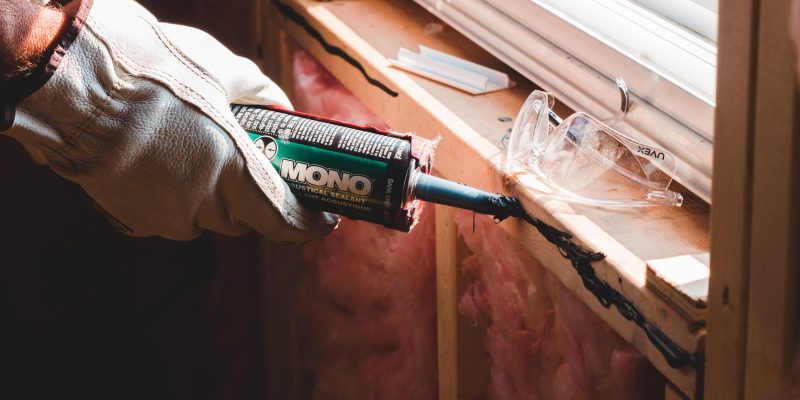Anyone who has bought a house for renovation recently will tell you that they are getting through a lot of sealants right now. Sealant is used for various tasks in home projects and construction too, as the name suggests, seal fixtures and fittings.
But precious little attention is given to what kinds of sealant you should be using in specific situations and how it can and should be applied. So, before you grab the first thing with “sealant” in the name from your local DIY store and start mindlessly sealing every skirting board and sink in your home, read on for a bit more information.
Types of sealants
There are several types of sealants used commonly in construction, renovation, and DIY.
Silicon – Silicon sealant is the most common choice for a surplus of construction projects as it has excellent thermal resistance, dynamic movement potential and strong adhesion. The downside of silicone sealant is that it tends to attract dirt, but this can be mitigated by laying down a primer layer first. Silicon sealants tend to last the longest, particularly if they’re applied properly to a compatible surface.
Acrylic – Acrylic sealant is UV stable so it can be used on the exterior of the home without shrinking. It can, however, be difficult to apply.
Polyisobutylene –This sealant has similar properties to rubber, offering strong resistance to chemicals and low permeability. It can also resist the transmission of vapours and gases, which is why it’s most commonly used for insulating glazing units.
Butyl – This sealant is a cheaper alternative that adheres well to most surfaces but has poor resistance to abrasion.
Latex – This water-based sealant solution is thinner than others and can literally be painted on. It’s prone to shrinkage but is easy to apply so can be a great solution for industrial situations where there are lots of small gaps where movement is minimal.
Polysulfide – Perhaps the most expensive choice, polysulfide can withstand very low temperatures and UV degradation. It can even be used comfortably underwater and can last up to 20 years, so the extra price does make sense.
Polyurethane – A good middle-of-the-road choice for contractors that use a lot of sealants and want something affordable and reliable.
Where can sealant be used?
Sealant is typically used to fill gaps between joints for interior and exterior construction. Flexible and non-staining sealants can be used for light fittings, like doors and windows. Silicon sealants are extensively used for bathrooms and sometimes kitchens. Exterior applications, such as roofs and gutters, are almost always done by professionals as one wrong step can lead to irreparable damage. Certain sealants can even be used for bricks and concrete, which should be strong and flexible.
How should sealant be applied?
Sealant is most typically applied using a caulking gun that allows for a higher level of precision. It is less labour-intensive and allows for a greater degree of versatility. When applying, you should prepare the area, apply tape to ensure it doesn’t get anywhere it’s not supposed to be, prepare the tube, start applying, use a plastic tool to smooth over the area, remove the tape and then let it set for at least 24 hours.




















